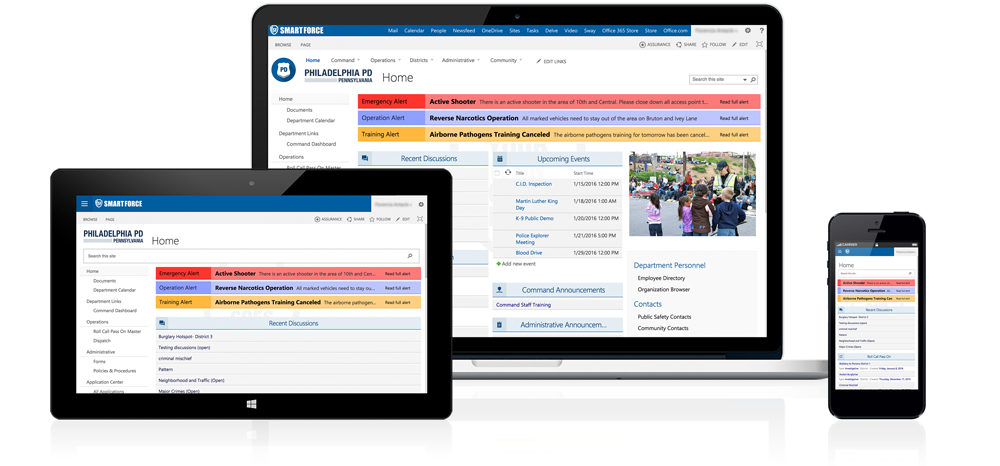Often times, organizational leaders can unknowingly create inconsistencies in executing their strategic direction. In their quest to find the great idea that will transform the organization, they whiplash their people with new and ever changing tactics. These tactics (e.g. changing shift schedules, creating new divisions/units, implementing new technology, developing new initiatives, etc.) might make sense individually, but if they haven’t been positioned as an integrated way of moving the agency forward and how they apply to the ever changing environment, people in the organization might become skeptical about senior management’s ability to secure the future.
Leaders have to place strategic changes, initiatives, and goals into a broader organizational context, or they risk losing good talent, burning out managers, and wasting money on programs that don’t pay off. People have to see why what they’re doing has to change and why they should suddenly be moving in a new direction.
Our environment, public opinion, and the economy changes fast, so no approach will stay perfect, thus strategic plans will always need adjustment, interested learners, and iteration. One best practice to keep people energized and willing to adjust, is to help them understand how the current focus connects with or builds upon the last set of strategic directions and imperatives in their current reality.
The following is how one Police Chief, who I find skillful at carefully positioning each new change initiative as something that builds upon previous foundations, implemented change in his agency.
First he selected a leader capable of carrying the project forward. He made sure to fully brief him on his vision of the project and allowed his project leader to share his perspectives so they were on the same page regarding the project and its benefits. The Chief also made clear he what his project leader’s role and responsibilities would be as well as how much he believed in the project leader’s ability to lead the project. Doing so created a sense of ownership and vested commitment.
Next, he briefed the core leadership team and introduced SmartForce™ as a strategic initiative that was in line with previous initiatives, such as modernizing their RMS and CAD system.
During the kick-off he detailed why he had chosen SmartForce™ as their platform for a one-stop-shop communication and information sharing. He used clear examples of challenges facing the agency and what SmartForce would do for the agency. He included how the SmartForce project was aligned to their agency’s principles and values such as leadership, customer service, engagement with the community, and the simplification of work processes to create more productive work time. He involved them emotionally by connecting the dots for them and therefore his initiative was not seen as one more thing to learn or do. When the Chief wrapped up his opening remarks saying, “I expect this to work and I expect you to make it work, too”. Everyone wanted to make this new initiative work and no one felt dragged into just another futile project.
Creating this kind of context is a critical component of leadership. People need to know how the dots are connected, not because they don’t want to follow the next new program, but because they want to make sure their energy expenditure will be worthwhile and productive.
If you manage people, think about how you can help them connect the dots between the work they do and what their work is meant to achieve. Ask yourself, what are the threads that tie together past initiatives and strategic directions with current ones? How can I best illustrate moving from our current state to the necessary future state? What are the lessons learned that you can apply to the next project? How have past efforts helped you build capability over time, and how can that help you win as a team and as an organization?
Unless you take the time to help your people understand the answers to these questions and emotionally engage them, they may experience change as a series of random and arbitrary directives with no rhyme or reason. By putting change into a longer-term context, whatever you are trying to accomplish will have a better chance of success.








